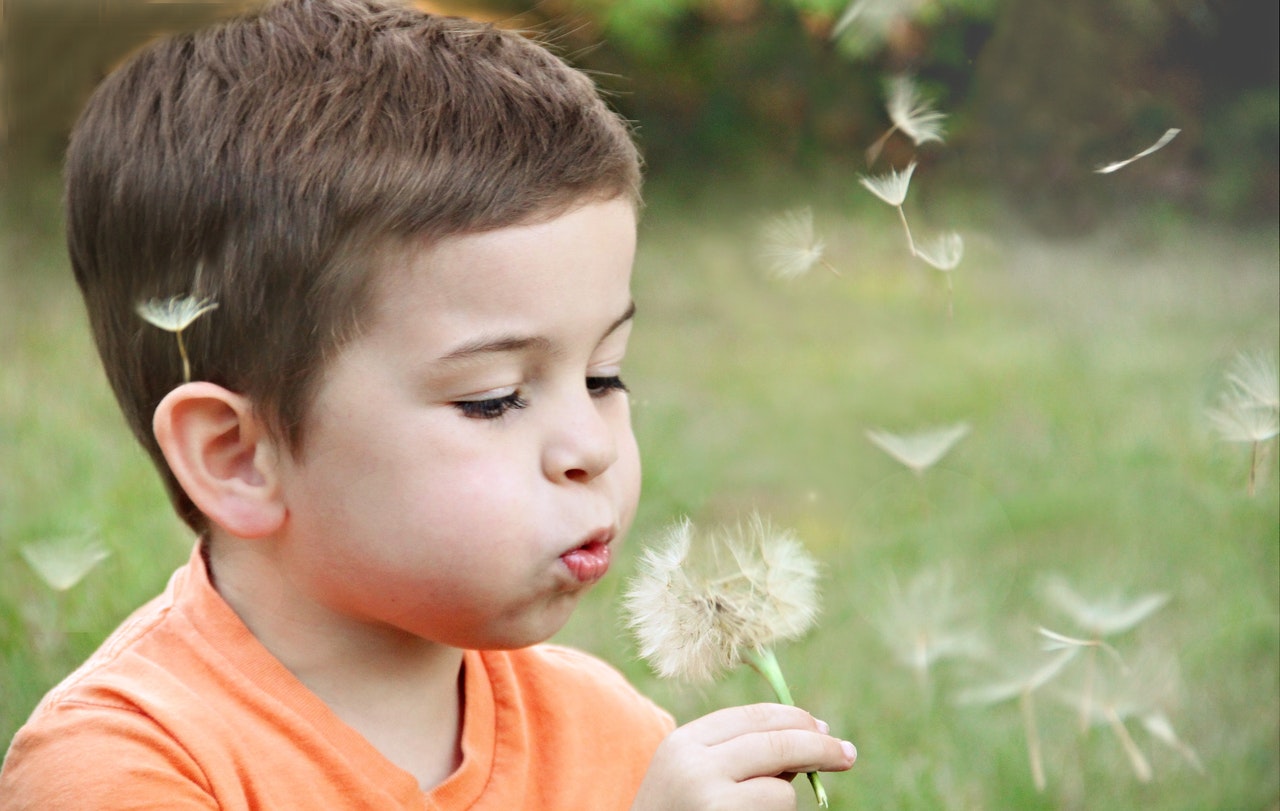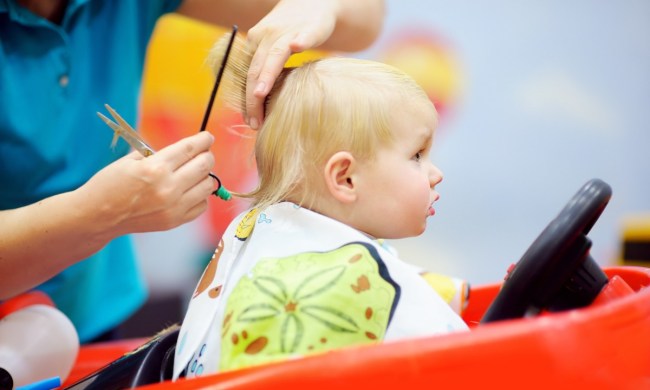If there’s anyone who needs to know how to blow their nose, it’s kids. How do they always end up with a runny, snotty nose anyway?
Regardless, while blowing your nose might seem like an incredibly simple task to you, it’s not a skill that you’re born with, and teaching a child to blow their own nose can be inexplicably difficult. They just don’t seem to get it, for some reason, and it doesn’t click for some until they’re well into their adolescence.
Teaching your children some manners is an important part of being a parent. So how can you teach your child to blow their nose properly?
The basics of nose-blowing

As an adult, you need to blow your nose, and so you just do it. It’s that easy. But what if you break down nose-blowing into all of its little steps? There’s actually quite a lot there to remember, especially if you’re a 4- or 5-year-old child still learning about your own body and how it works.
You have to do the following:
- Know when your nose is full enough to blow.
- Learn to push air out of your nose strongly enough to force the mucus out.
- Learn when to breathe out versus breathing in.
- Learn to only breathe out of your nose and not your mouth.
- Catch anything that comes out in a tissue, so it doesn’t end up all over your face.
For kids, this is a lot to learn, and you getting frustrated because they just don’t seem to get the process won’t help. You’ll need to be patient as they learn all of the above.
If you think your child is up to the challenge, though, here’s how you can teach them to blow their nose.
How to teach kids to blow their nose

First things first: They’re going to need to learn how to effectively blow air from their nostrils only, not their mouth. One easy way to practice this skill is to give them a clean tissue (when they do not have a stuffy nose, just to clarify) and ask them to make it move by breathing on it using just their nose, without opening their mouth.
If this challenge doesn’t work, you can also show them how they can create fog on a handheld mirror using their nose only.
Whatever method you end up using, the result should be that your child learns to blow a stream of air from their nose.
Then again, when they do not have a stuffy nose, have your child practice blowing from one nostril at a time into a tissue. Show them how you hold one nostril closed and blow out the other, then switch.
Once your child actually has a stuffy nose (which will probably be sooner than you think; they’re a kid, after all), ask them to employ the techniques they’ve learned.
Tips on nose blowing
When your child is learning how to blow their nose, there are a few things that can make the process easier:
- Practice, practice, practice; they won’t get anywhere without it. Nose-blowing takes time to learn.
- Offer lots of praise, even when a good attempt fails.
- Offer help, if needed. Sometimes, a child can get the blowing part of blowing their nose down, but they just can’t coordinate it with holding the tissue.
- Don’t get frustrated or angry. This seemingly simple task isn’t so simple to a beginner.
- Buy tissues with fun designs or colors.
- Make it easy for children to throw away their used tissues. Otherwise, you may end up with piles of used Kleenex all over your house. You likely also want to teach your child to wash their hands after every nose blow.
- If your child is really blowing but having a tough time getting everything out, you may want to invest in some saline spray or a nasal aspirator to help them out.
When nose-blowing just won’t cut it
Once you’ve successfully taught your child to blow their nose, you should see fewer snotty faces and fewer instances of mucus wiped in very undesirable places around your house. However, if your child, despite all their successful nose-blowing, still seems to always have a runny nose or congestion, you may want to consult their doctor. While runny noses aren’t uncommon among kids, you still want to ensure that there’s nothing more serious at hand, like an allergy or seasonal illness.


